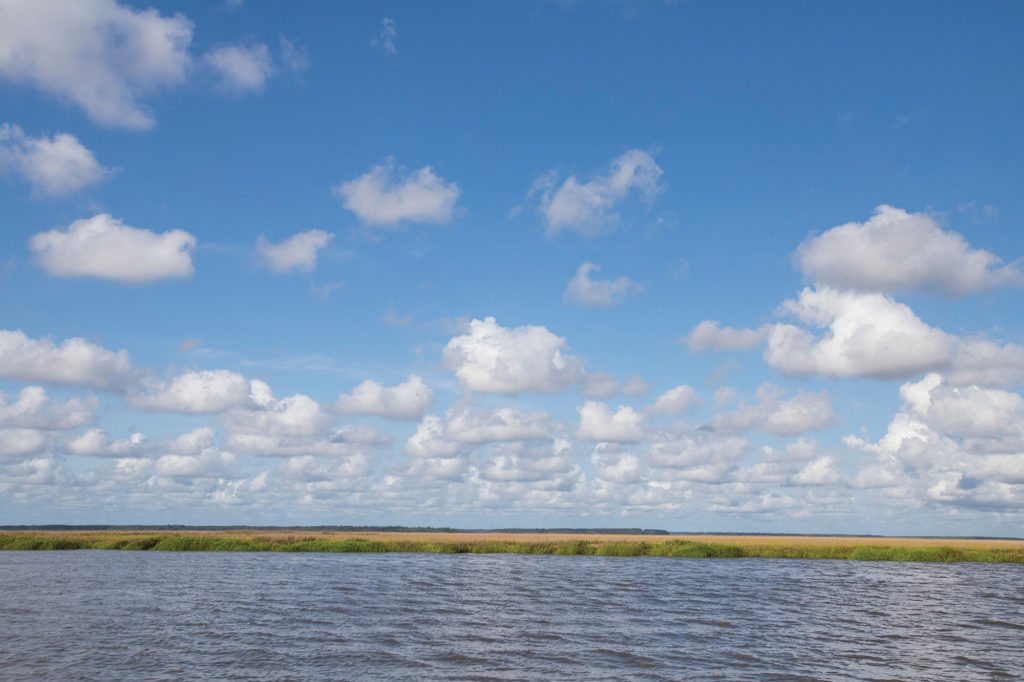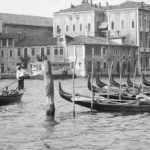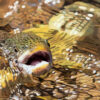Abundance is the best way to describe autumn in Georgia.
And October and November are prime times to experience it, with the outdoor activities surrounding Ford Field and River Club, 20 miles south of Savannah.
First, there’s the quail hunting at Dorchester Shooting Preserve, a half-hour away. Ford members are offered special privileges at the 4,800-acre spread, where quail are plump and plentiful. Between 155,000 and 160,000 birds are released every year; approximately 130,000 are taken.
These two entities have been partnering for about 15 years now. Anywhere from 25 to 50 hunters from Ford show up every year, says Dave Massey, general manager a Dorchester. More come for the sporting clays.
That leaves an abundance of quail for the rest of us. Dorchester’s open to anyone, with comfortable accommodations in its lodge and 14 cottages. There are also the home-cooked meals. “The fried chicken is legendary,” Massey says.

Nearly 1,800 quail hunts are held every year on the preserve’s 1,200 acres of habitat set aside for the birds. “We can do nine quail hunts at a time on any morning or afternoon—that’s 18 in a day, each on 80 to 100 acres,” Massey says.
I was a guest of both Ford and Dorchester in late October, and ventured out into the field with Mike Womble, director of outdoor pursuits at Ford, along with our guide, Brooks Taylor. He’s part of a team of about 22 Dorchester guides who rotate in and out for a number of activities. “We not only do quail, but duck hunts and pheasant shoots,” Massey says. “It’s a heck of an operation.”
The three of us were accompanied by four German Shorthair Pointers and two English Cocker Spaniels—Elvis and Sarah. Taylor split them into two teams of three, with two dogs on point and a cocker spaniel for the flush. One team went out with us; the other waited in the wagon we rode out in.
Armed with 28-gauge Beretta over-and-unders, we followed the first brace of pointers on foot, a well-heeled Elvis verbally restrained by Taylor. The pointers led us along a two-track, with the occasional detour into dense layers of sedge and goldenrod.
We mostly encountered singles and doubles at first, with exploding coveys rare. More common were three or four birds bursting out from behind a mound or cover, one wave after another. We stayed out for about an hour and a half, then circled back to the wagon for water, more shells and a fresh brace of dogs. Then we were out for another hour.
Our total in that time was about 10 birds each—not bad for a pair of wing-shooters who hadn’t seen action for a couple of years. And even if it was a 76-degree, humidity-soaked morning, it was also an invigorating push out into one of the best-managed preserves in the South.
The balance of Dorchester land—approximately 3,600 acres—is designated for deer- and hog-hunting. Then there’s falconry, its newest outdoor venture. Womble recently discovered a nearby outfitter with six hawks—and promptly put them to work. Since he’s charged with keeping Ford Plantation members engaged and respectful of the environment, he figured the hawks would be naturals. He was right.
These are raptors at home in their natural habitat. “You can take a field and go out with red tail hawks on a squirrel hunt, but the other day we were hunting quail and pheasant with a goshawk from Canada,” Womble says. “Not everybody’s a vegetarian, you know—they like to kill these things in the wild.”
Womble, an intrepid and multi-talented outdoorsman, is also harbormaster at Ford’s Silk Hope Marina. He’s well-schooled in the pristine, fish- and bird-packed waterways and estuary surrounding the plantation. That means he knows his way around the three boats Ford keeps tied up there, among them a 25-foot Grady White.

So, the day after our Dorchester quail hunt, I found myself seated beside him at his Grady White console, tooling along the Ogeechee River, heading out for the Ossabaw Sound. We were after bull red drums, borne on a tide that would rise nine feet in just a few hours.
“They’re our brood stock,” Womble says. “They’re spawning in the sound this time of year, and they weigh from 15 to 50 pounds, with lengths from 35 to 50 inches.”
We anchored along a tide line of incoming sea water, more transparent and blue-green than the river water, tannin-stained from decaying plant life. Fishing at a depth of roughly 35 feet, we used a pair of Shimano Terez spinning rods, Quantum Cabo 80 reels and 50-lb. test line with 100-lb. leader. Our rig: sliced mullet, an eight-ounce bank sinker, a 24-inch leader and a 9/0 circle hook.
While we waited for the incoming tide, we cast to the tea-colored river water, and over time snagged a hefty, toothsome quartet: a Bonnet Head Shark, a Lemon Shark, a Blacktip Shark, and an Atlantic Sharp-nosed Shark. They averaged three to four feet, and weighed between 10 to 18 pounds. Topping it off was a 40-pound stingray that slammed into the mullet, and when coaxed to water’s edge, took an airborne leap.
When the tide was up and we could cast to the more transparent water, a bull red ripped into the bait 38 feet down – then shook his head like a defiant bulldog. “You feel that thump?” Womble shouted. “That fish does not want to see your face.”
Hooked, it didn’t make a run like the sharks we’d caught earlier. Not this 28-pound, 38-inch bull red. This fish pumped and thumped his way up to the surface after10 long minutes, resistant and peeling off the drag. Finally he was in the boat, a monster with huge red scales and trademark black tail spots.
As soon as we released him, a second was on the line—putting up the same ruthless fight for 10 more minutes. “No need for the gym today,” Womble quipped.
This was a fairly average afternoon on the sound, he said, though some days yield 12 to 15 fish. “The most I caught in a four-hour trip was 19,” he says. “We fished for two and a half hours, and I was exhausted—it was a family of three, with two on at once most of the time.”
The abundance at Ford Plantation, along with Dorchester Shooting Preserve, is a fall coup for the outdoors fanatic—brimming with enough quail, dogs, gunpowder and bull reds to satisfy any appetite. Add the falconry, and you’ve got yourself a rare triple play in the middle of the natural world.
For more information, go to fordplantation.com and huntdsp.com.
All photos courtesy Ford Plantation
J. Michael Welton writes about architecture, art and design for national and international publications, and edits a digital design magazine at www.architectsandartisans.com. He is the architecture critic for The News & Observer in Raleigh, N.C., and author of “Drawing from Practice: Architects and the Meaning of Freehand” (Routledge, 2015).


















